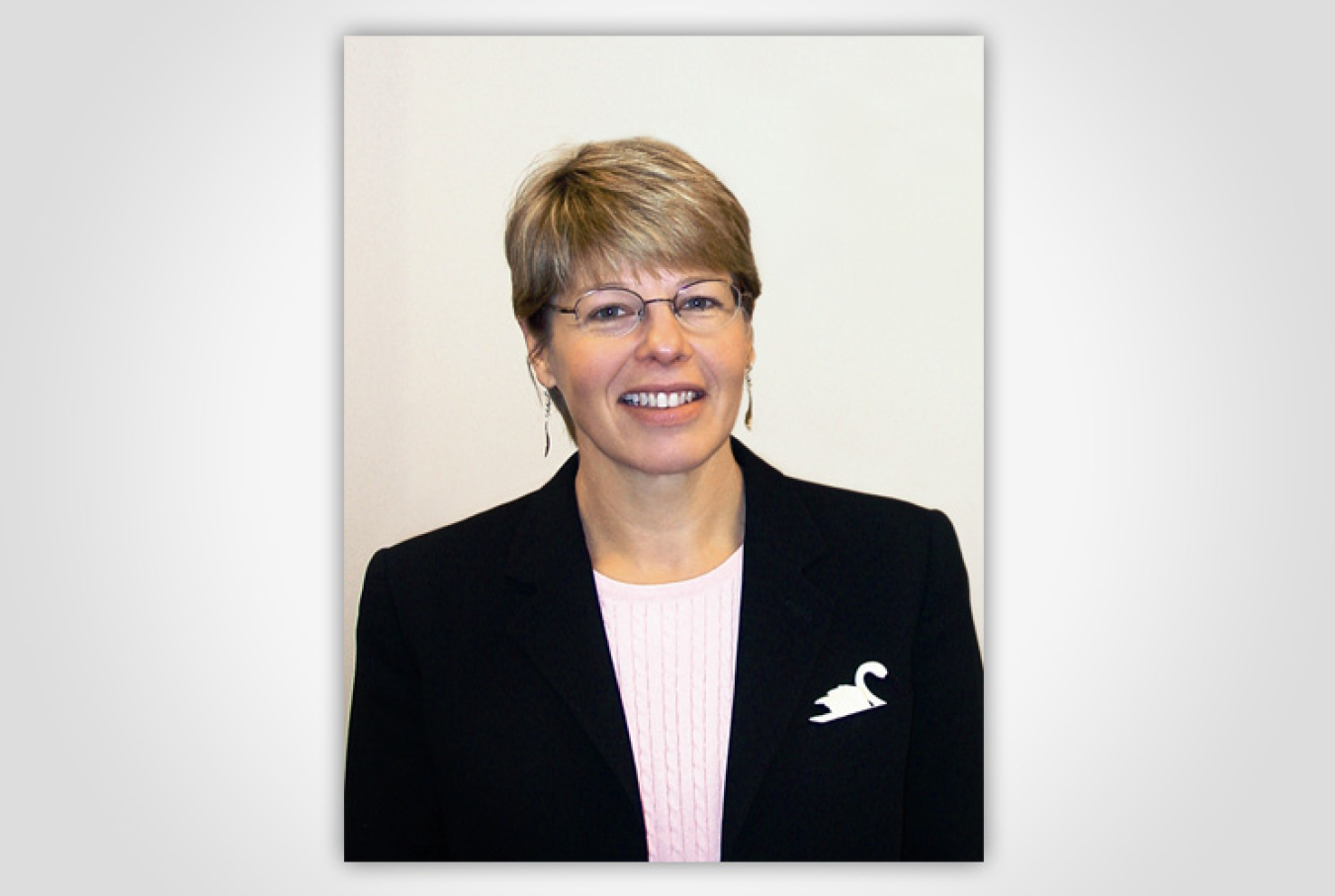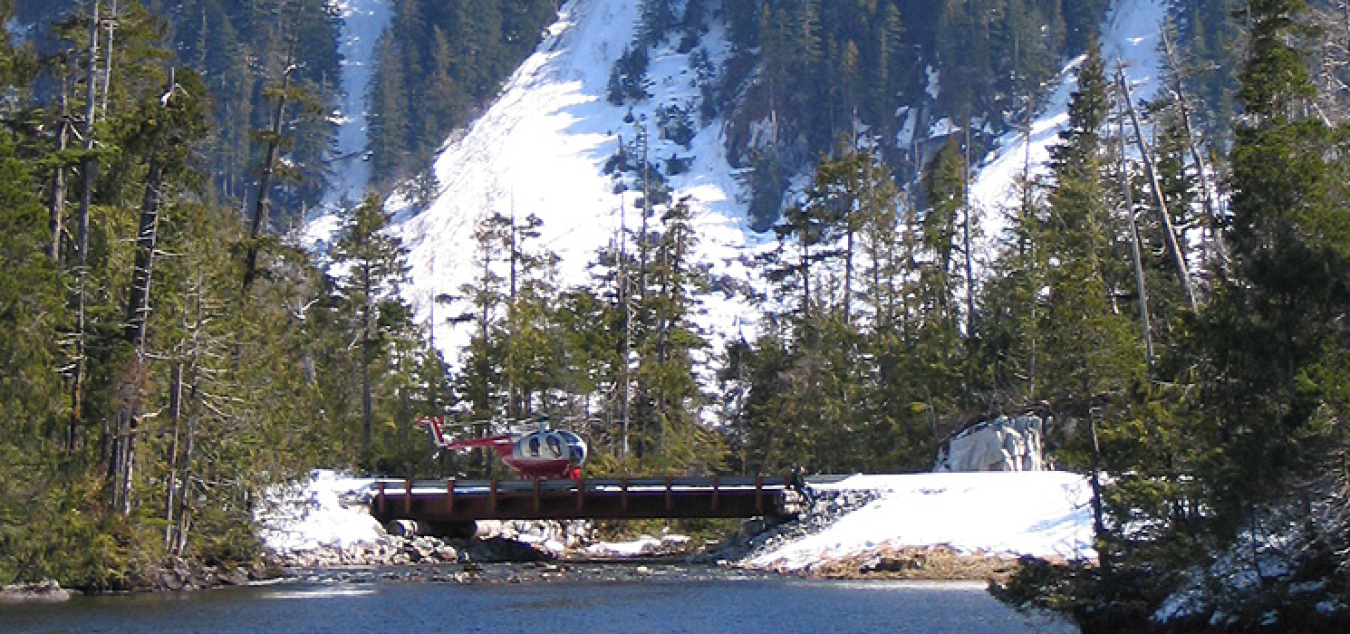
Christine Klein, Vice President/Chief Operating Officer of the
Calista Corporation

Change doesn’t happen on its own. It’s led by dedicated and passionate people who are committed to empowering Indian Country to energize future generations. Leading the Charge is a regular Office of Indian Energy newsletter feature spotlighting the movers and shakers in energy development on tribal lands.
Name: Christine Klein, Ja’adtlaa’wul
Tribe: Haida - Gawaa Gitans Gitanee
Title/Role: Vice President/Chief Operating Officer of the Calista Corporation
Christine Klein, an adopted Haida, grew up near the rural Village of Loring outside Ketchikan, Alaska. She was given her Haida name, Jaa’dtla’awul, as a small child by the Gawaa Gitans Gitanee Eagle Clan. Like many communities the Calista Corporation represents, Klein’s home region previously suffered from staggering fuel costs and lack of jobs, and many people left. Cheaper hydropower helped some communities in the region survive and remain sustainable. Because energy often is at the heart of the crisis facing rural Native Alaskans, Klein has led efforts on behalf of Calista to advance projects that will lower demand for diesel fuel and reduce costs of living.
What energy challenges is your region currently facing? The Calista Corporation is one of the original 12 Alaska Native regional corporations established by the Alaska Native Claims Settlement Act in 1971. The region it serves spans 59,000 square miles in western Alaska and is home to 56 Tribes. The Native villages in this rural region are only accessible by plane or barge, and residents, like their predecessors, rely primarily on subsistence. There is no grid system or infrastructure to improve access to power. Nearly every village has its own diesel generator for electricity, and fuel is delivered once a year by barge.
Fuel costs are sky high—more than $7 a gallon in the largest community and up to $11 a gallon in the more remote areas. Unemployment and poverty rates in the region are among the highest in the country. Many Native communities are facing extinction as people move for jobs.
What motivates you to help address these challenges? I know what these Calista communities face. I lived it. I have a passion for our rural villages and want to do everything I can to help them. A lot of times, the wealth that comes from our rural resources tends to benefit urban areas most, but we also have a responsibility to our rural areas so they too can reap the benefits and survive.
What clean energy projects are you currently working on? Because Calista’s communities’only access to fuel is by river barge, an oil spill will be disastrous to the fish people rely on for food. Our team is coordinating with all the villages to seek alternative energy solutions.The corporation, along with many partners, supported a coastal wind turbine effort linking several villages and is leading a Chikuminuk Lake hydropower feasibility assessment. Calista is also supporting a region-wide grid feasibility plan.
What are your thoughts on the future of Native Alaska energy development? All our rural areas are at risk if we don’t address the energy crisis. Doing nothing while these villages disappear would be unspeakable. If we don’t get on top of this, your village might go away, like mine did. That’s not something you want to tell people. But I can say that because I’ve seen it in my own lifetime. It all comes down to affordable energy. We’ve got to get basic transportation and energy infrastructure in place to survive. I think if we worked together, we would be a force to be reckoned
with and will get things done.
Learn more about recent actions to accelerate energy development in Indian Country in the Summer/Fall 2013 issue of our Indian Energy Beat newsletter.
